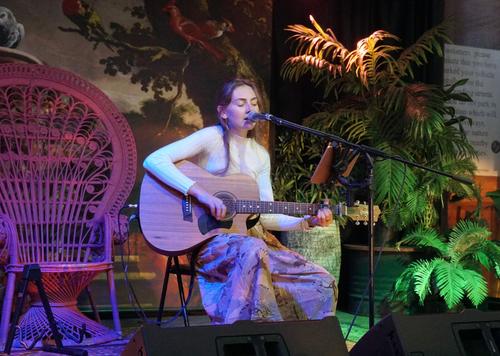The iSO definition doesn't say anything whatsoever about filling of capacitors.
There's a fundamental inconsistency there. If ISO is defined in terms of exposure (which it is) it cannot at the same time be part of exposure. If it were its definition becomes self-referential and nonsense.
But as I said, with digital sensors, the meaning of ISO is corrupted.
There is no defined meaning of ISO for a digital sensor, only for a complete digital still camera.
